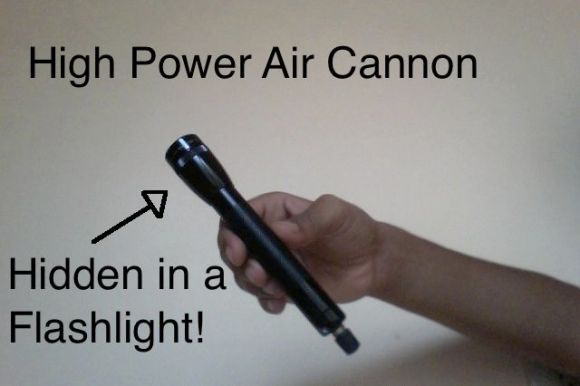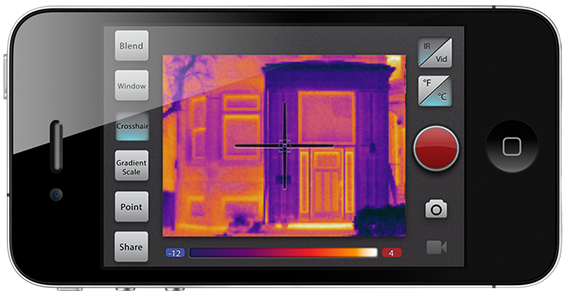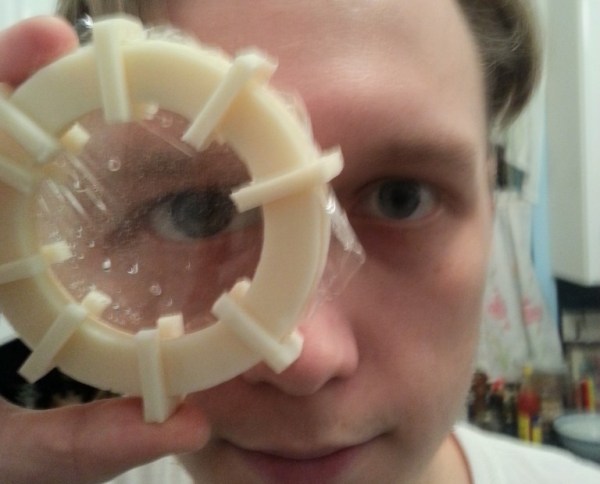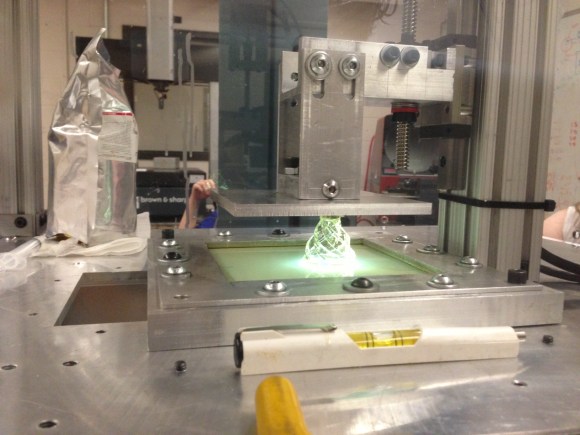This innocent looking Maglite houses a piston and barrel, making it into a functional pneumatic BB gun. A Maglite was chosen due to its high durability, and easy access to the internals. A schrader valve sticks out of the battery cap, which allows the gun to be charged using a standard fitting. A brass tube is used as the barrel, and a piston controls firing.
Firing the gun is simple. First, the whole thing is charged up to the desired pressure. Then the ammunition is inserted into the barrel. At this point, the rubber piston is held against the end of the barrel by the pressure in the gun. By pushing the pin of the valve in, the piston is able to move back slightly. This acts as the trigger, and causes air to rush into the barrel, firing the BB.
The results are fairly impressive. Using a chronograph, the speed of the BB was measured at 850 feet per second. Using the Gas Gun Design Tool simulator, it was estimated that the gun could fire at over 1000 feet per second, and maybe even break the sound barrier.

















